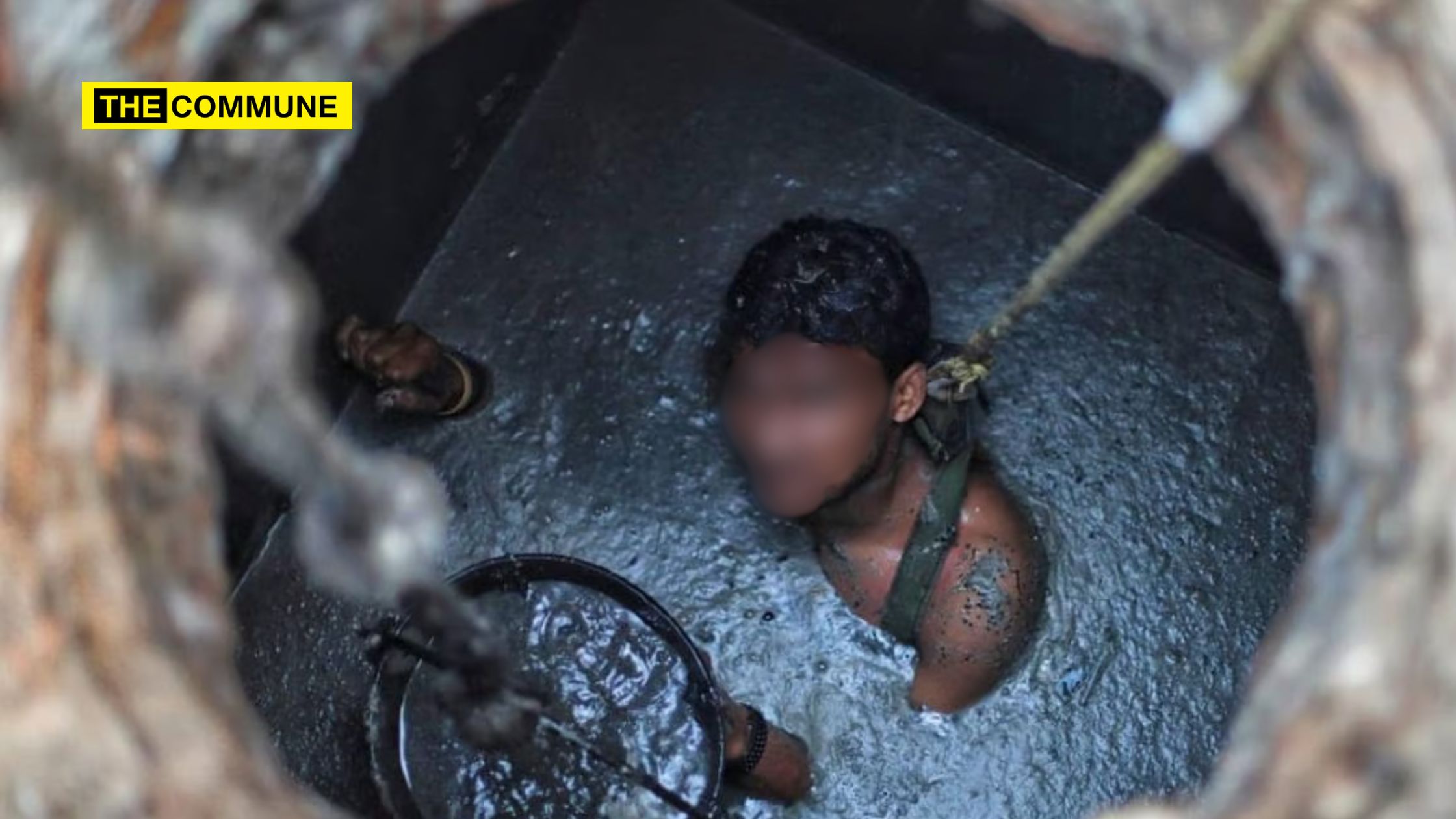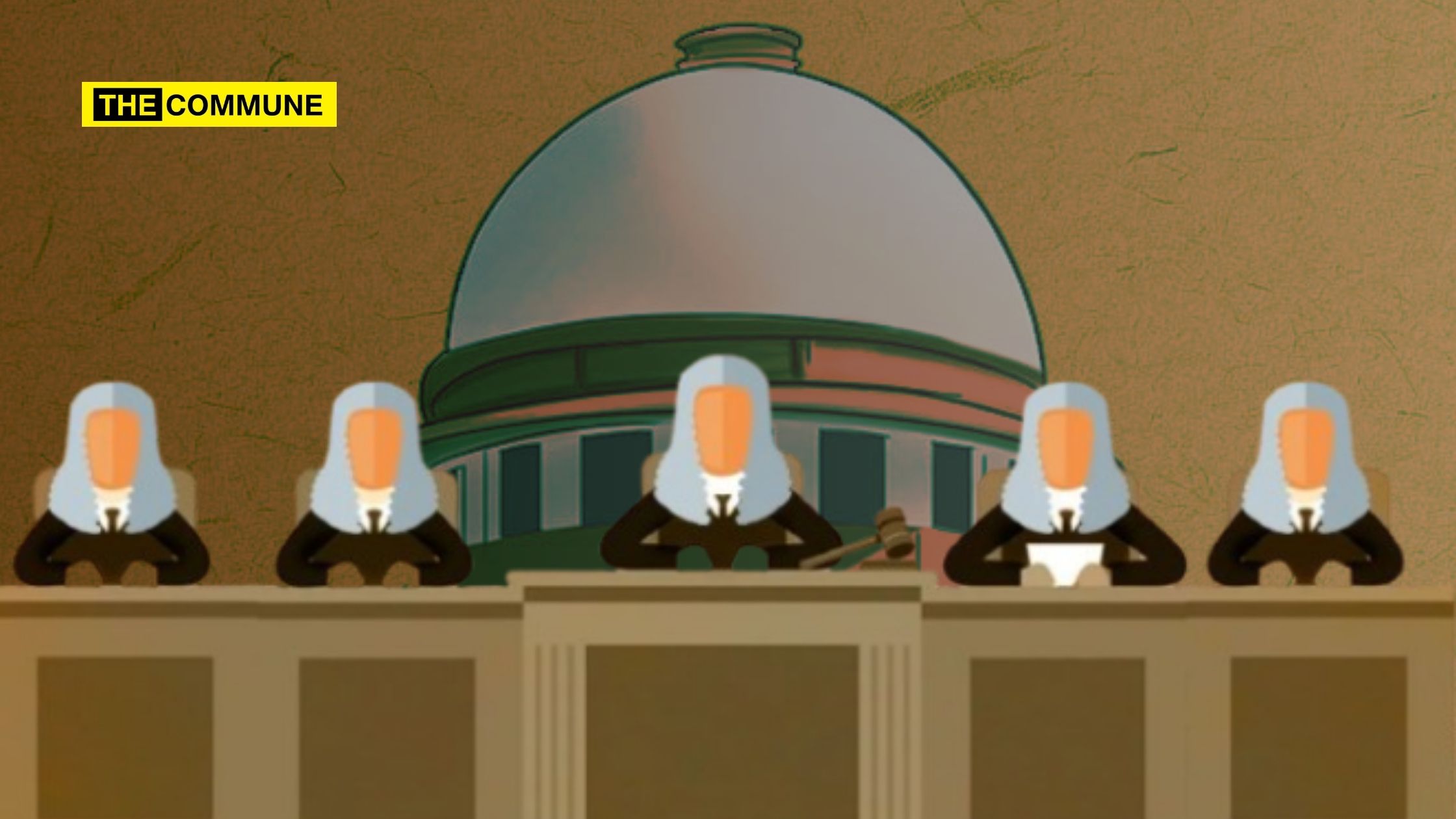
The Hindu article on the initiative of the central government’s NAMASTE programme wrote about how the Ministry of Social Justice and Empowerment has profiled around 38,000 sanitation workers across 3,326 urban local bodies (ULBs) from 29 States and Union Territories. The article states that data shows 91.9% of these workers come from Scheduled Caste (SC), Scheduled Tribe (ST), or Other Backward Class (OBC) communities. 377 deaths have been recorded between 2019 and 2023 due to manual scavenging work.
The total number of Sewer and Septic Tank Workers (SSWs) profiled was 38,000 workers. Of these 68.9% were said to be from Scheduled Castes (SC), 14.7% from Other Backward Classes (OBC), 8.3% from Scheduled Tribes (ST), and 8% from the General category.
As of 2021, there are 1 lakh sewer and septic tank workers in India.
- States that completed profiling: 12 States/UTs (including Kerala, Rajasthan, Jammu and Kashmir)
- States where profiling is still underway: 17 States (including Andhra Pradesh, Bihar, Gujarat, Uttar Pradesh)
- States that haven’t begun profiling: Chhattisgarh, Meghalaya, West Bengal
Additionally, a total of 58,098 manual scavengers have been identified (pre-2018) and the article states that 97.2% of them are from the SC communities.
Failed Social Justice Models
While the government’s programme aims to address hazardous sewer and septic tank cleaning in India, the demographic data of those engaged in this dangerous work reveals a disturbing social reality. Of the 38,000 workers profiled, 76% belong to Scheduled Caste (SC) or Scheduled Tribe (ST) communities, which together make up only about 22-25% of India’s population. Meanwhile, just 14% are from Other Backward Classes (OBCs), despite this group constituting over 41% of the population (as per latest National Sample Survey). Additionally, 8% of the workers come from the General category, a group that makes up around 30% of the population.
Clever, clever way to put it. 76%;are from SC or ST groups who constitute 22% population.Just 14% are from OBC groups who constitute over 60% population. And you did not mention that 8% are from General category who constitute less than 10% population. So you can see clearly… https://t.co/u9HtKdexxN
— Sumanth Raman (@sumanthraman) September 30, 2024
This disproportionate representation among sanitation workers highlights a clear and ongoing marginalization of SC and ST communities in some of the most dangerous and degrading forms of labour. The genius of the so-called Dravidian movement in Tamil Nadu lies in convincing the truly oppressed that their oppressors are their allies. Despite their claims of being champions of the underprivileged, the Dravidian political apparatus seems to uphold a system where the most vulnerable groups continue to suffer in low-status, high-risk jobs.
Furthermore, the fact that 91.9% of hazardous sanitation workers belong to marginalized communities underscores the systemic inequality that persists, even under the guise of progressive policies. OBCs, despite their larger population share, appear to have largely escaped this kind of hazardous employment, while SCs and STs bear the brunt of it. This raises a crucial question: if the so-called protectors of the marginalized are truly on their side, why does this blatant disparity persist?
The Dravidianist argument that they stand for social justice seems hollow when examined through the lens of who continues to perform these hazardous jobs. The narrative of empowerment falls flat when the caste-based distribution of dangerous labour overwhelmingly affects those they claim to uplift. It’s time to question whether their rhetoric truly matches the reality for the oppressed. True social justice would mean elevating these communities out of these conditions, not perpetuating a system where they remain trapped.
The data itself reveals the contradiction: SCs and STs continue to disproportionately clean sewers and septic tanks, while OBCs and other dominant caste groups are primarily shielded from such work. Clearly, the Dravidian movement’s genius isn’t in alleviating oppression—it’s in obfuscating who the real oppressors are.
Subscribe to our Telegram, WhatsApp, and Instagram channels and get the best stories of the day delivered to you personally.




